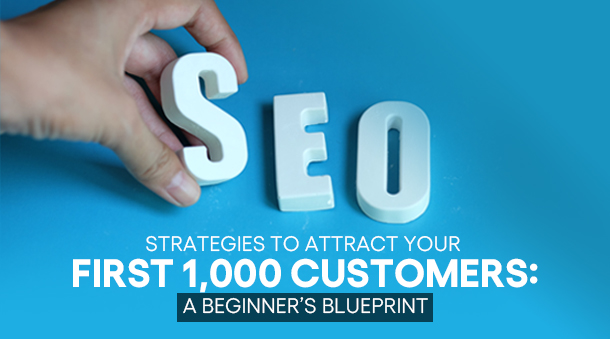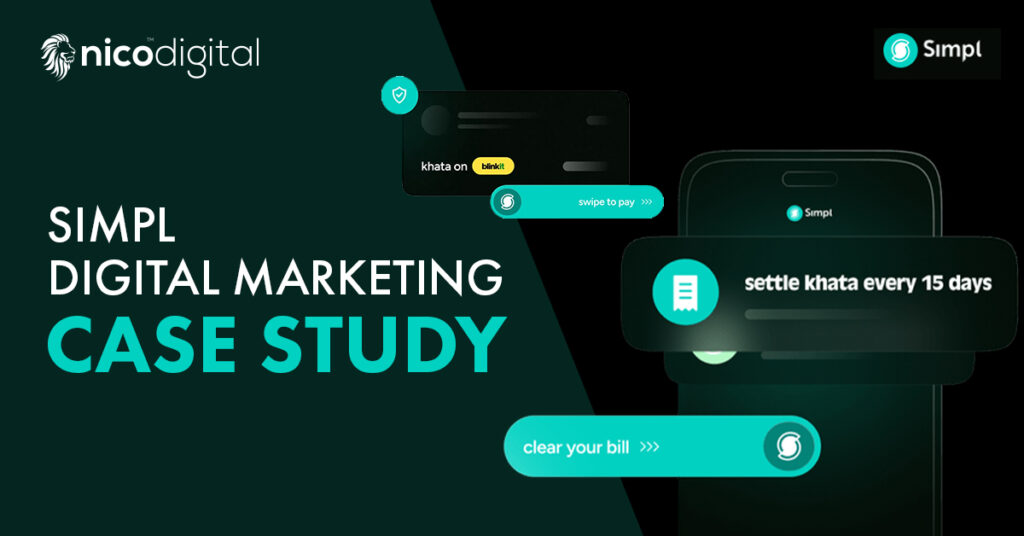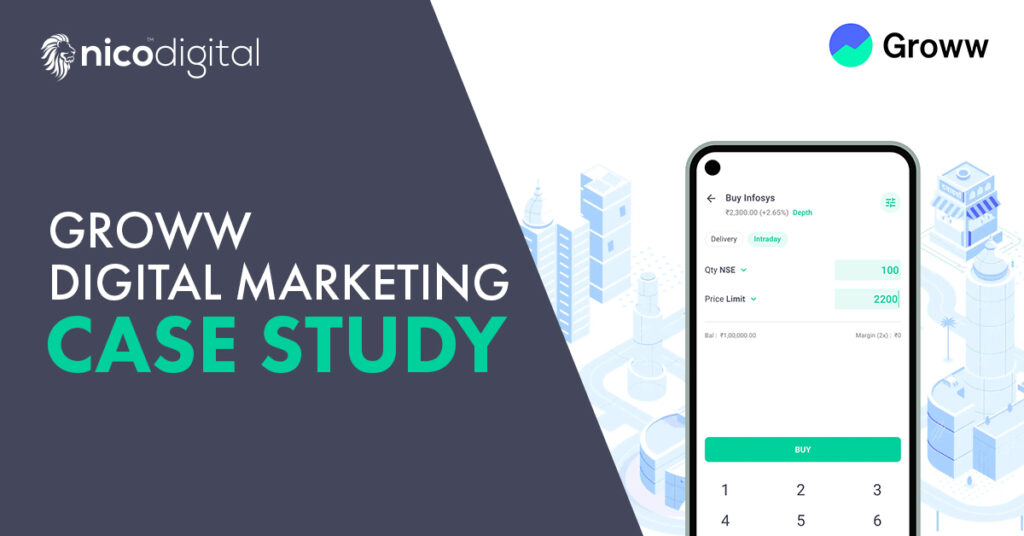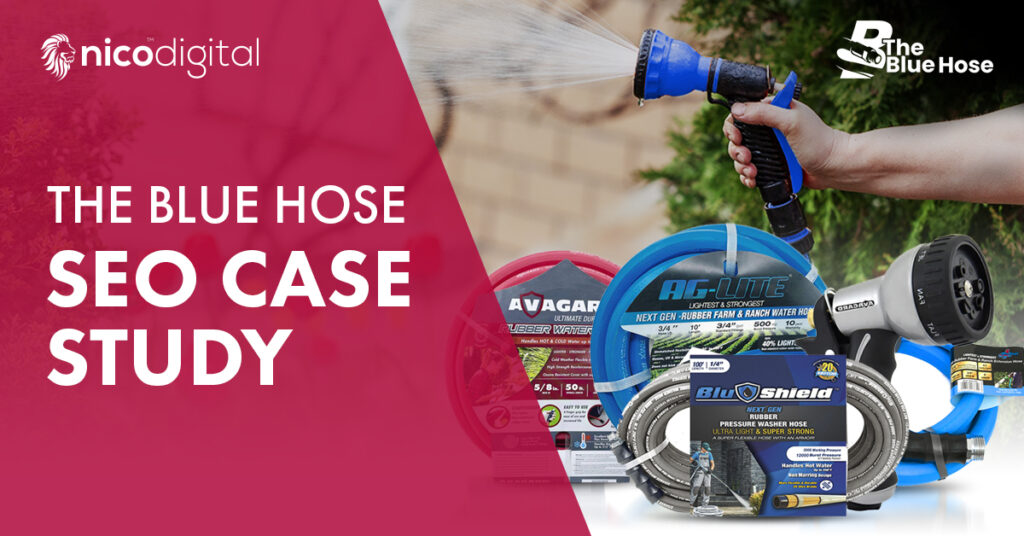
Congratulations on starting your business, and launching your website. Welcome to the World Wide Web. You have your business strategy figured out, your operations and marketing. But, getting customers? Well, that’s a completely different story. Which we are here to narrate.
If you have a business online, you must understand SEO. Like the back of your hand. But, with Google using more than 200 SEO ranking factors to rank websites, it can feel like trying to memorize the ingredients of every dish at a buffet—you’re not sure what matters most, but you know you’re hungry for results!
And with 68% of users starting to surf the web with a search engine, SEO is VITAL for your business.
Need more stats?
You get 1000% more traffic than social media through SEO.
53% of consumers use search engines to research products before buying.
But, as a beginner, understanding which SEO strategies to implement first can feel like assembling furniture without the instructions – confusing and frustrating.
Which is why we are here to help.

60%
of shopping
starts online
Get your reading glasses on, as we walk you through actionable SEO techniques that are easy to implement, even if you’re just starting.
Newbie SEO Strategies for Attracting Your First 1,000 Customers
SEO is all about optimizing your website to rank higher in search engine results. And ranking higher can significantly increase your visibility and traffic.
Customers discover brands when they search on Google. And then they discover a brand that offers what they are looking for. Bingo!
So, do you want to be the brand that customers can easily find? Well, you need to rank high on the first page of Google search results. Any further down and you are lost in the abyss, a graveyard of 100+ similar brands no one cares about.
A bummer right?
But wait, we have you covered. Scroll down to find out easy and actionable SEO strategies that will help you snag your first 1000 customers!
1. Nail your keyword research
Keywords are those magical words/phrases that connect your business with what people are searching for online. And they are the backbone of SEO.
To nail keyword research, you have to play detective, to uncover the phrases and terms your potential customers may be searching for online. And don’t worry there are tools for that which we will get to later.
Start with long-tail keywords which are 3-4 words. These keywords are precise to your customer’s intent and will help you rank easily. There are also short-tail keywords which are more specific, but they are harder to rank for.

92%
of search engine
keywords are
long-tail.
Source: Ahrefs
Think about what your customers might be searching for. For example, if you are selling handmade candles, then terms like “scented soy candles” or even “eco-friendly candles” might come to the minds of your customers.
Also, you can use tools like Google Keyword Planner, Ubersuggest, Ahrefs, AnswerThePublic to help you find popular search terms in your niche.
| Price Factor | Cost |
|---|---|
| Google Autocomplete | Free |
| KeywordTool | $89-$199 / mo. |
| Google Keyword Planner | Free |
| AnswerThePublic | $0-$99 / mo. |
We recommend using multiple tools to make sure your long-tail keywords are accurate.
2. On-Page SEO
Once you have your keyword list with you, it’s time to incorporate them into your website. This process is called on-page SEO.
On-page SEO can get pretty comprehensive, and it’s easy to get overwhelmed here. But we have got you covered with the basics you need to take care of.
Title Tags
Include your primary keyword in the title of each page. For example, “Buy Handmade Soy Candles | [Your Business Name].”
Meta Descriptions
Write a compelling meta description with keywords. This is the snippet that appears under your page title in the search results.
Headings
Use H1, H2, and H3 headings in your content that include your keywords naturally.
Content
Create high-quality, informative content that addresses customer questions. Use keywords, but make sure you don’t overstuff them.
Images
Optimize images by using descriptive file names (e.g., “scented-soy-candle.jpg”) and adding alt text to all images.
If you want the full list of On-Page SEO fixations, you can subscribe to our newsletter here. And get it delivered straight to your inbox!
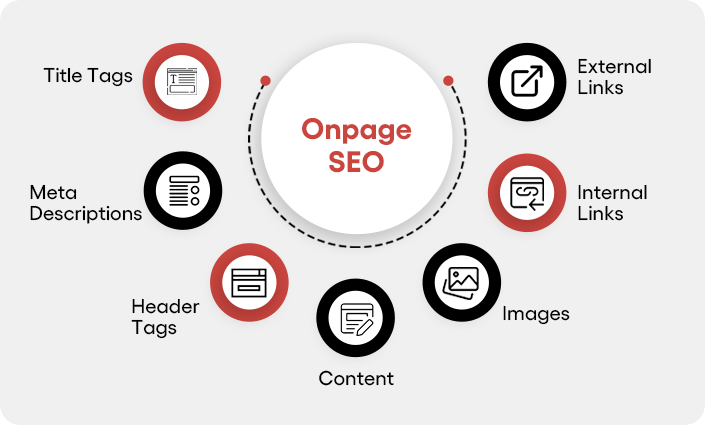
3. Create killer content
You might have heard of the phrase “content is king”. And it truly is when it comes to SEO. And just writing great content won’t cut it in 2025.
You have to write content that actually solves the problems of your customers. Search engines and audiences alike have raised their standards. This means your content needs to do more than just look good or sound impressive—it needs to provide genuine value.

72%
of marketers view
content creation
as the top SEO tactic.
Source: Optinmonster
You need to understand your audience’s pain points, answer their questions, and offer actionable solutions. Thus, whether it’s a step-by-step guide, an insightful blog post, or a helpful FAQ page, your content should address real challenges and position your brand as a trusted resource.
For example, going back to the handmade candle business, you can write blogs on “How to reuse handmade candles?”, or even “How to care for your handmade candles for longer burn times”.
Below are some content ideas for beginners.
Blog Posts
Write helpful articles that solve problems or answer questions. For example, “10 Tips for Choosing the Perfect Candle for Your Home.”
How-To Guides
Show step-by-step processes, like “How to Care for Your Soy Candles.”
FAQs
Address common questions your customers might have about your products or services.
Try to create pillar content, i.e. content which is better than any of your competitors. You can also use the skyscraper technique for developing your content.
Don’t write just for the sake of writing. Write to make a difference for your customers. That’s how you truly create killer content.
4. Get those featured snippets
Another SEO strategy that impacts your rankings are those elusive featured snippets. These snippets appear at the top of Google Search results in a place called Position ZERO.
Sounds cool, right?
Well, this is the coveted place on the SERPs page which every site aims to reach, but only one succeeds. And the reward is more traffic and clicks than anyone else.
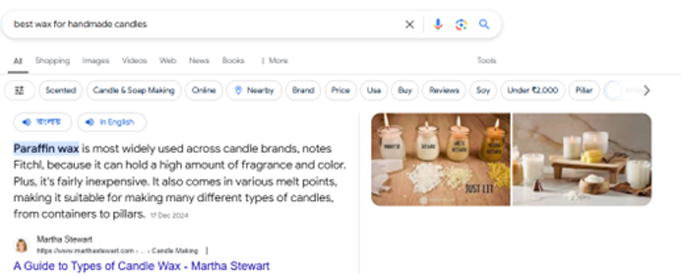
So, how do you actually get to the top?
Try incorporating the tips we have listed below.
Identify Common Questions
Use tools like Google’s “People Also Ask,” Answer the Public, or SEMrush to find questions users are searching for in your niche.
Structure Content for Snippets
Try to format answers in clear, concise ways such as paragraphs (40-60 words), bullet points, or even, numbered lists. You can also use tables for comparisons or data.
Target Long-Tail Keywords
These often trigger question-based queries that are ideal for snippets.
Provide Direct Answers
Address the question in the first sentence or paragraph, followed by in-depth details.
Use Headers Strategically
Structure content with H2s and H3s to make it easier for Google to identify snippet-worthy sections.
Appearing in a featured snippet can do all these for you – increase your visibility, drive more organic traffic, and position you as an authority in your field!
5. Get your technical SEO on point
Now let’s get technical, shall we?
One of the fundamentals of SEO is technical SEO. It refers to the process of optimizing, wait for it, the technical aspects of your website. This helps search engines crawl and index your website more effectively.
And for beginners like you, it might seem a bit intimidating at first. But trust us, it’s crucial to ensure your website is properly understood by Google.
Site Speed
Websites that load in under 3 minutes are favoured more by Google. This is because they provide enhanced user experience and are also ranked higher by search engines. You can use free tools like Google PageSpeed Insights to sort this.
Mobile Friendliness
58% of people like to search on their mobile. Thus, you need to ensure your website is responsive on all mobile devices, and on both iOS and Android platforms. You can use a lot of free mobile-friendly testing software available online. Just Google for one!
XML Sitemap
This aspect of technical SEO helps search engines easily find and crawl your important pages. You can use the Yoast SEO Plugin (WordPress) which automatically generates an XML sitemap for WordPress users. You can also use XML Sitemaps Generator to create free XML sitemaps for your website.
Site Structure and URL Optimization
This aspect ensures your site is well organized. This makes it easier for both users and search engines to navigate your website. Our recommended tool – Screaming Frog SEO Spider which crawls your site to check URL structure, duplicate content, and internal linking.
SSL Security
You need to make your website secure against cyber attacks, malware and phishing. And SSL security does exactly that. A secure website (HTTPS) is not only safer for visitors but also favoured by search engines. Let’s Encrypt provides free SSL certificates to secure your website.
Fixing Broken Links
This ensures all your links work. This prevents users and search engines from hitting dead ends. Broken Link Checker helps identify broken links on your site and fixes them.
These technical SEO aspects were just the primary ones we highlighted. If you want to see a comprehensive list, check the table below. Oh, and you can get tools, both paid and free for each one of them by carrying out a simple Google search.
Below is a technical SEO checklist for your reference.
- Title tags and meta descriptions
- Broken links (404 errors)
- 301 redirect issues
- Indexing issues
- Crawlability issues
- Site structure issues
- Canonical tag issues
- URL issues
- Content issues
- Image issues
- Page speed issues
- Status code issues
- Sitemap issues
- Mobile-Friendliness issues
6. Build those backlinks
Talk to any SEO specialist and they can go on for hours explaining the importance of backlinks. It’s that important, seriously.
Backlinks are links from other websites to yours. They signal to search engines that your site is trustworthy and reliable.
If you get backlinks from credible sites, (sites that have a DA>40), then Google will take it as a signal to trust your website and rank it higher.
And the best way to earn backlinks for your site? Create great content that people will want to read. This will make other websites link back to your site naturally.
There are also other ways to earn backlinks like:
Guest Posting
Try to write quality and valuable content. Then carry out outreach activities to credible sites to have that content posted on their blog or newsletter. You can include a link back to your own website on that content. Popular guest posting sites include Medium, LinkedIn Pulse, and others.
Ask for links
Simply ask other sites to link back to your website. However, you need to make sure you have a piece of content that fits in your niche.
Replace broken links
Try to find out sites that have broken links or even outdated statistics. Then you can contact the site owner to replace it with your page. It’s a win-win for both since you are also helping them with their SEO.
How to Get Backlinks to Your Site
- Create great content
- Use HARO (Help a Reporter Out) to respond to requests from journalists
- Write (strategic) guest posts
- Publish research and pitch it to the press
- Analyze your competitors' backlink profiles
Never buy links from sus websites. It can lead to your site getting banned, and we want none of that right?
7. Focus On Local SEO
Sometimes, the best strategy can be to go local!
If you have a business that delivers to a specific area also, then optimizing for local searches can be a game changer for you.
You can think of Local SEO as a virtual “Open for Business” sign that hangs on your website.
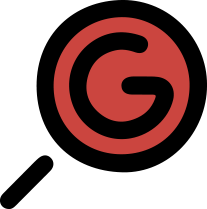
46%
of Google searches
are locally focused.
Source: Search Engine Roundtable
You can start by creating a Google My Business profile. It is a type of a free public profile or listing that appears when local users search for services/products that match yours. You have probably seen several Google My Business profiles when searching for brands, restaurants, salons, fitness centers and more.
You can also try to list your business in places like Yelp and Bing Places. Think of it as a digital phonebook which makes it easier for your potential customers to spot you.
Make sure all of your information is correct in these listings and also include keywords like handmade candles in [city name] in your content.
You can also encourage satisfied customers to leave reviews on Google or other platforms.
8. Research your competitors
You may have heard this phrase a million times before. You may have also researched your competitors when building your brand, and positioning your products or services.
However, have you really researched how they rank?
If not, you’re missing out. Big time.
Look at similar businesses online and go through their website. See how they have created their Google My Business profile, how they write their blogs, and the way they structure their pages for SEO.
Analyse their use of keywords, headings, and meta descriptions. Try to pay attention to their backlink strategy and the type of content that’s driving the most traffic.
Competitor Analysis Checklist
1. Website Review
Analyse the structure and layout of competitor websites.
2. Google My Business Profile
Study how competitors optimize their profiles.
3. Blog Content
Evaluate their blog topics, writing style, and SEO practices.
4. SEO Elements
Examine their use of keywords, headings, and meta descriptions.
5. Backlink Strategy
Investigate the quality and sources of their backlinks.
6. Traffic-Driving Content
Identify which content generates the most traffic.
7. Identify Gaps
Pinpoint gaps in your own strategy based on competitor insights.
8. Uncover Opportunities
Highlight areas where you can outperform competitors.
By understanding what works for your competitors, you can identify gaps in your strategy and uncover opportunities to outrank them.
9. Bonus point: Prune your content!
Once you have everything in place, it’s time to get trimming or pruning. Like you prune the overgrown bushes in your garden for better growth, pruning your website helps eliminate outdated or underperforming content.
What does it do for SEO?
It makes your best content shine through! This makes it easier for both users and search engines to navigate your site.
For a more comprehensive look at what to exactly prune, you can check out the table below.
What To Prune on Your Site?
Pages with
low traffic
Pages with
thin or duplicate content
Pages with
backdated information
Pages with
irrelevant
Pages with
backdated information
You can use tools like Google Analytics or Google Search Console to identify pages with low traffic and high bounce rates for pruning.
10. Put on your analyst cap
Well, you have got all the SEO essentials covered. But wait, are your efforts bearing fruit?
To find out you need to track and measure your work! Otherwise, you’re just blindly shooting in the dark.
And even though you may have got everything right, SEO is by no means a one-time effort. Algorithms are always changing, and what worked for you in the past may not work in the future.
This is where analyzing and adjusting step in.

6x more profitable:
websites using
data-driven strategies.
Source: Tableau
Some key metrics that you can monitor are:
- Organic traffic
- Keyword rankings
- Bounce rate (percentage of visitors who leave quickly)
- Conversion rate (percentage of visitors who make a purchase or take action)
You can use tools like Google Analytics to track website traffic and see which pages perform best. You can also use Google Search Console to identify technical issues and track keyword performance.
You can also use certain SEO Tools like Ahrefs or SEMrush which can provide you with in-depth insights into your SEO efforts.
To understand which parts of your website are the most engaging for your visitors, you can use a heatmap tool like Microsoft Clarity
Parting Thoughts
Attracting your first 1000 customers through SEO seemed daunting. Now, it’s a thing of the past.
By following this blueprint designed for beginners, you can be sure to set yourself up for success.
Just make sure to implement the SEO strategies listed above, and don’t forget to analyze and monitor your results from time to time.
With patience and persistence, you’ll reach your goal and build a strong foundation for long-term growth.
Ready to take your website to the top? At Nico Digital, we specialize in driving measurable results with cutting-edge SEO strategies!
Let’s build your digital success story together. Contact us today to start your journey to the top of search results!

